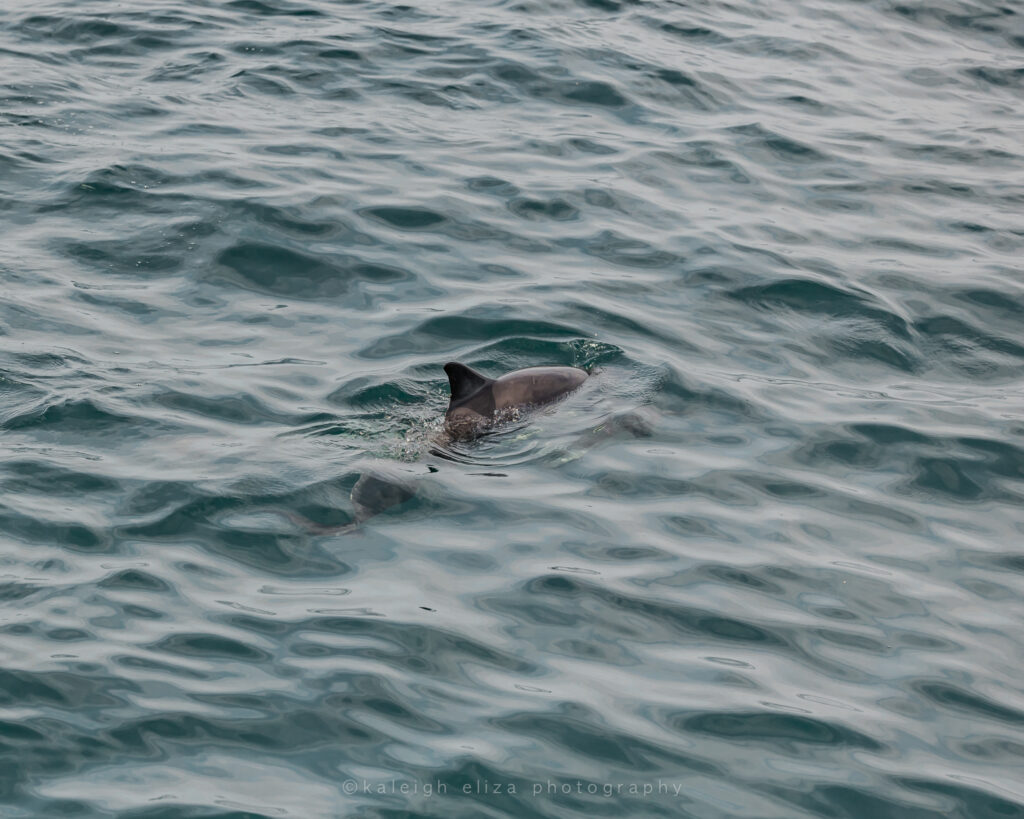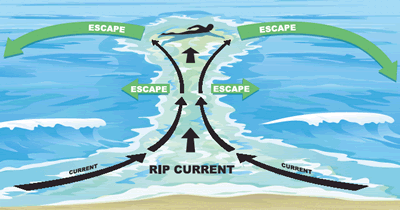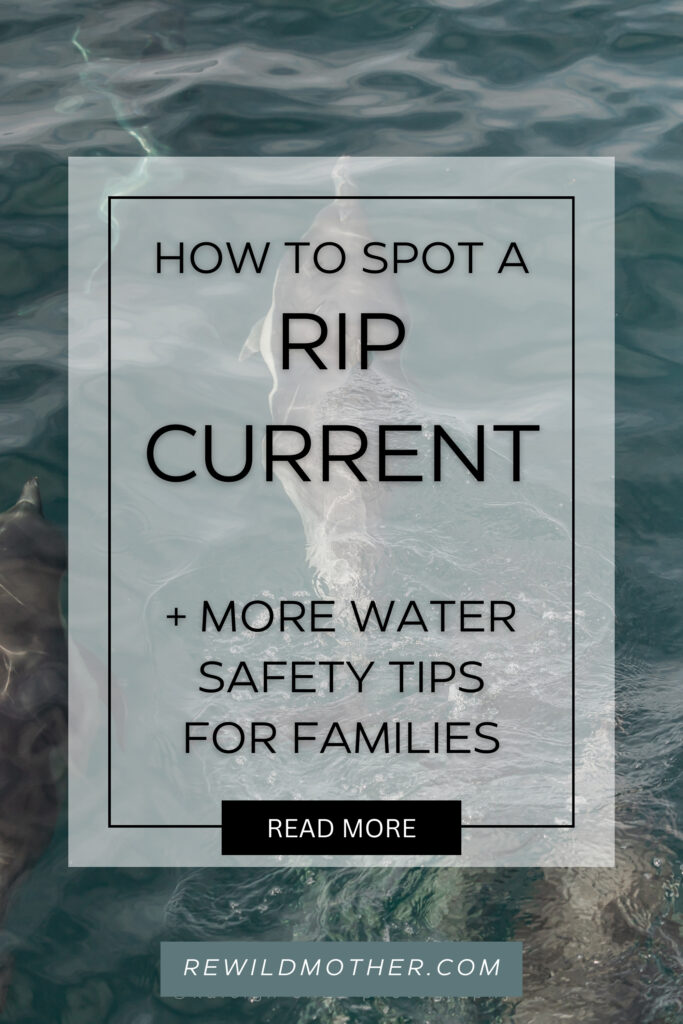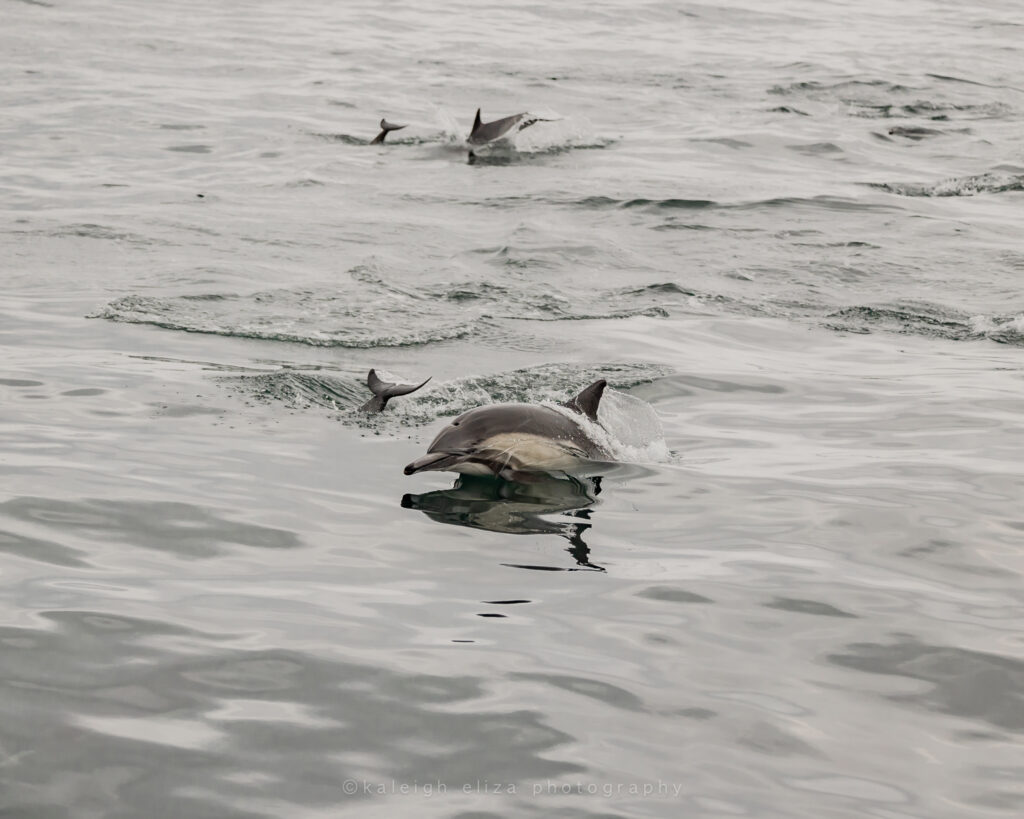
Here’s what you need to know about RIP CURRENTS before the next beach trip with your kids.
Spring is here which means that families all along the California coast (and travelers, too) are getting ready for a summer filled with fun beach days. My daughters and I spend at least one day a week (if not a few more) at the beach with our homeschooling friends throughout the entire summer. We absolutely LOVE these days. The moms get to relax and chat while the kids get an abundance of time to play freely on some of the most beautiful beaches the California Coast has to offer.
If you’ve been following along for a while, either on here or on my IG @rewildmother, you may have already heard me say this, but I’ll say it again: I LOVE helping moms feel confident while on adventures with their kids. When we know how to handle the things that could go wrong while we’re out in nature with our kids, we can relax and truly live in the moment with them as they explore the incredible world around them. As a mom who has spent years learning how to navigate the anxiety that motherhood brought me, I find it so empowering to learn how to be my children’s best protector (and mine, too!). My inner Mother Grizzly *thrives* when I learn new ways to be self-reliant and I hope that the info that I share helps you feel the same.
Since many of us moms will be heading to the beach this summer, I thought I’d write about a topic that I’ve been researching and experiencing for years: rip currents.
Let’s jump in…
What is a rip current?
A rip current (also called a rip tide) is where the water from the shore rushes back out to sea. It is a section of ocean water, among the breaking waves, that has the potential to be extremely dangerous. Part of the reason that rip currents are so dangerous is because many people (who don’t know how to identify them) may mistake the rip current for calm water. It is possible that the section of ocean that looks like the calmest place to enter the water is actually the rip current that has the ability to sweep a person out to sea.

How to identify a rip current:
When you’re standing on the beach looking at the ocean, notice where the breaking waves are. Look for a section of water in between the breaking waves that looks darker, more calm, and does not have breaking waves. That is the rip current. You may also notice traveling debris or water clouded by sand that has been disturbed off the ocean floor as the current rushes out to sea.
A great way to stay safe from rip currents is to choose to swim at a beach that has lifeguards. Upon arrival, you can talk with the lifeguard to ask what things you should be aware of, if there is a rip current that is active at that time, etc. From my experience, lifeguards are more than happy to help. When we make safe decisions in the water, we don’t put the lifeguards at risk that would be coming to save us.
What to do if you realize you’re caught in a rip current in the ocean:
If you notice that you are caught in a rip current (if you feel yourself being pulled out by the current towards deeper water) the very first thing to do is to stay calm and not panic. Do not burn your energy by panicking.
Stay calm and take note of your surroundings:
- Is there a lifeguard that you can wave to for help?
- Can you see the shoreline? If yes, swim parallel to the shore when you feel the current getting weaker. Do not try to fight the rip current and swim directly to shore. It absolutely will be stronger than a person can swim. When you swim parallel to the shoreline, eventually you can exit the rip current (where the breaking waves are) and make your way back to shore by swimming with the waves.

Regarding life jackets in the ocean:
Throughout all my research I have seen it mentioned in the following two ways many times: some sources say that life jackets are ok in the ocean and some do not recommend life jackets in the ocean because they can prohibit proper swimming. My personal opinion is that each person needs to evaluate the individual abilities of themselves and their children and make the best informed decision possible. If someone isn’t a strong swimmer, a life jacket could be the one thing keeping them alive if they are caught in a rip current. However, if they are a strong swimmer that enjoys playing in the waves, a life jacket could prohibit proper movement. Please take account of all of your personal considerations and proceed how you feel most comfortable and confident.
A note about sharks and other marine life:
If a person is caught in a rip current and heading out towards deeper water, it is very possible that they would start to panic about what (or better yet, who) is swimming below them. I can’t stress this enough: make sure to stay calm. Sharks shouldn’t want anything to do with humans. The majority of shark + human interactions on record are a result of the shark being curious and getting too close. If you are acting like a shark’s terrified or injured prey by panicking and thrashing in the water, they may come check out what all the commotion is about if they are swimming nearby. Your absolute best defense while in deeper water is to stay calm, not make any aggressive swimming or splashing movements, and never turn your back on an animal. If you’re interested in learning more about shark behavior, I’ll link a couple great sources here:

If this info helped you, please feel free to share it on social media or with friends that you think could benefit from it. I’m always SO grateful to everyone who shares my work!
One last thing – here’s my challenge to you: next time you are at the beach or another place along the coast, take a scan of the coastline and try to identify where the rip current is (or potentially could be). Do you notice a calm section between two areas of breaking wave sets? Do you notice a section that is darker, carrying debris, and seemingly calm? Once you find the rip current, take a moment to think about what you would do for yourself or your child if you were to be caught in the current. Remember, let it carry you until it weakens, then swim parallel to shore until you are out of the current, in the breaking waves, and can swim to the beach.
Thanks for being here, mama! I’m so proud of all of us that have chosen this life path of wilderness self-reliance with a deep connection to nature. Make sure you hop on my email list below for exclusive updates and feel free to come chat with all of us over on IG @rewildmother.
Catch ya in the next one!
xx,
Kaleigh
Disclaimer: I am not a medical professional or a certified first responder and should never be treated as such. Nothing in this article or throughout this website is medical advice. The purpose of this information is to spark inspiration for the reader to continue doing their own research. I am sharing my personal findings and experience. The reader is expected to make their own decisions and hold the author of this article harmless.
Sources:
View comments
+ Leave a comment